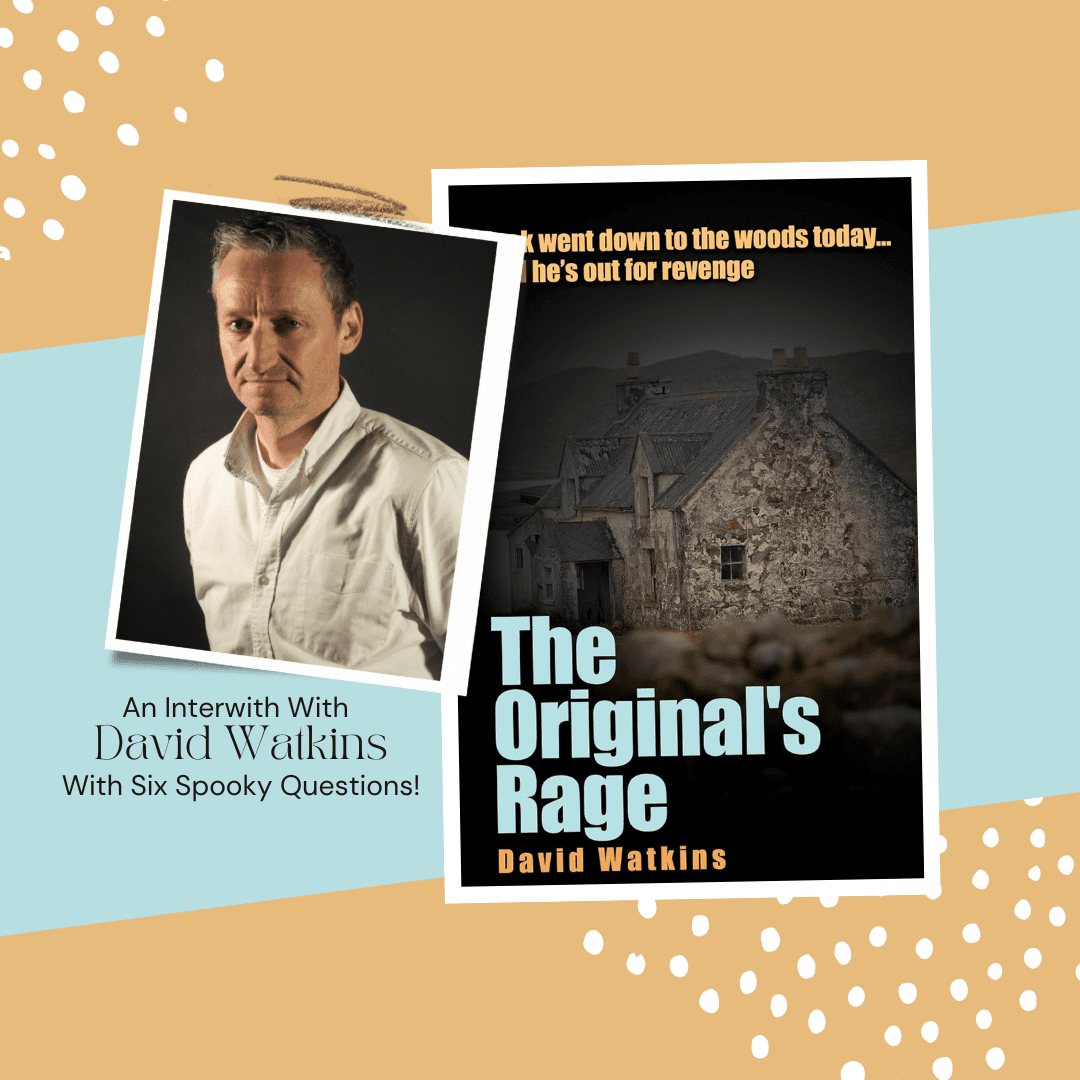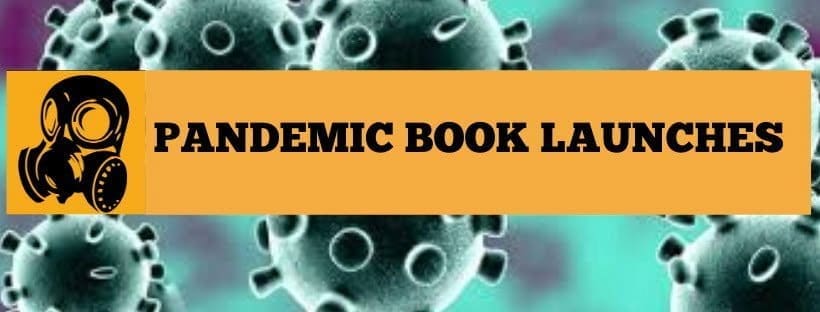Horror and Humor: Two Sides of the Same Coin
 Horror and Humor: Two Sides of the Same Coin
Horror and Humor: Two Sides of the Same Coin
Humor brings us smiles, joy, happiness, and laughter.
Horror instills fear, dread, apprehension, and tension.
It might seem odd to say this, but the above differences bind these disparate elements of storytelling in a tight weave.
The best humor makes us laugh out loud. A good hearty laugh leaves no room for apprehension. By contrast, horror strives to carve out a pit of fear in your stomach, leaving no room for laughter. You’re not going to chuckle when death lurks around the corner (unless that horror has so affected you that you’ve started losing your mind). The complete totality of humor necessitates the absence of horror and vice versa. Thus, the stronger the horror or humor, the greater the impact of replacing one with the other. I think the easiest way to show this is with a graph.

Above are two lines that represent hypothetical stories from two different genres, one pure horror and one a horror-comedy. The rise and fall of each line capture a viewer or reader’s emotional state as the story progresses, all the way through the conclusion. At top of the graph, a person is fully relaxed, possibly giggling without a care in the world. At the bottom, the person is scared and tense. The slightest spook could make them jump from their seat (side note: my wife takes advantage of this way too often).
The thing about fear though is it’s exhausting. After a prolonged period of apprehension, fatigue sets in. Our adrenal glands can only output so much. The slight spook that shot you out of your chair an hour ago might now register as a faint blip. Pure horror gets around this through constant escalation. The stakes grow higher and the dangers greater as the story progresses. Tension may decelerate, but it never breaks.
At the risk of sounding like a bad infomercial, there’s got to be a better way!
OK—maybe not better, but different. Constant tension in horror is great for stories that pull it off. Escalation without running out of steam is hard though. Push the tension too slowly, and the creator risks boredom. Push the tension too fast, and the remaining story falls flat. That’s where we come back to our old friend: humor, to which we also return to the graph.
One thing you may notice is the gap between the peaks and floors. The line stretches much longer between the horror-comedy’s high and low points. It’s also a lot steeper, representing rollercoaster-like drops of fright. Think about how shocking a disaster is when it’s unexpected vs. when you’ve prepared for it. Preparation softens the blow if and when the disaster occurs. This happens often in true horror, unless the creator has perfectly segmented out the rising apprehension. That doesn’t leave a lot of room for error, and I’d argue is one of the primary reasons horror falls flat.
There are two paths to take with this information. The first is represented by “horror”-comedies like Shaun of the Dead and Tucker & Dale vs. Evil. The actual horror in both is slight, arguably non-existent for dedicated genre buffs. The horror tag comes from using tropes to produce hilarious results. We know how we’re supposed to feel in a zombie apocalypse or a slasher film. These movies subvert our expectations, using our emotions against us to make us laugh all the harder.
But where I find the usage of humor most impactful is in true horror-comedies. One example is Cabin in the Woods. Though it also relies on longstanding tropes, there are some seriously dark moments. As these come out, they make the humor that much more welcome. Then, as the laughter fades, the tension rises yet again.
The best of the best at combining horror and humor is Get Out. The horror the protagonist experiences is as genuinely scary as anything around. The comedy utilizes scenes from the protagonist’s best friend. The combination works so well because happiness and fear continue to linger as the scenes transition between the two points of view. Moments after we’ve laughed out loud, we return to the pit of despair. The contrast between these two types of scenes emphasizes just how bad the bad situation is. We’ve tasted the good life, so to speak, and we’re so far beneath it that we may wonder if we (or the protagonist) will ever return.
Humor is at its best when relieving tension. Likewise, horror scares the most when it’s a hard shift from happiness. The two are opposites in the sense that one cannot fully embrace both simultaneously. This gives rise to a misconception that they have no place with each other, but there are degrees between pure humor and pure horror. It’s within these degrees that creative writers and directors have found new ways to push the horror genre. This doesn’t mean a book or film has to fully embrace comedic elements to enhance a horror story. Even a sliver of humor in a horror scene can go a long way to deflating tension, allowing for a greater impact when it returns. I’m looking forward to seeing what more creators do as they embrace this realization.
Horror and humor deserve one another. We deserve them too—together.
 A Broken Clock Never Boils
A Broken Clock Never Boils
IS IT MADNESS OR THE SUPERNATURAL?
Psychiatrist Claire Rossi seeks cases nobody else can treat—cases like her mother’s, whose misdiagnosis of schizophrenia and subsequent death inspired Claire’s career. Initially infatuated with an influx of seemingly schizophrenic patients, interest turns to terror as their ailments infect her too. She sees and hears a man who grows more violent with every encounter. The analysis and training she’s relied on her whole career fail to explain his presence, leaving only one conclusion: that what haunts her isn’t in her head at all. But maybe that’s just what she wants to believe.
As her symptoms escalate, she’s left with two unsettling clues. Her mother speaks to her in twisted idioms, and a mysterious letter taunts her with a single line:
Enjoy your gifts.
A Broken Clock Never Boils is a slow burn, supernatural psychological thriller, with tension building steadily until its dramatic climax. It’s written for readers seeking a middle ground between Gillian Flynn’s mystery thrillers and Stephen King’s supernatural horror.

 Horror and Humor: Two Sides of the Same Coin
Horror and Humor: Two Sides of the Same Coin










